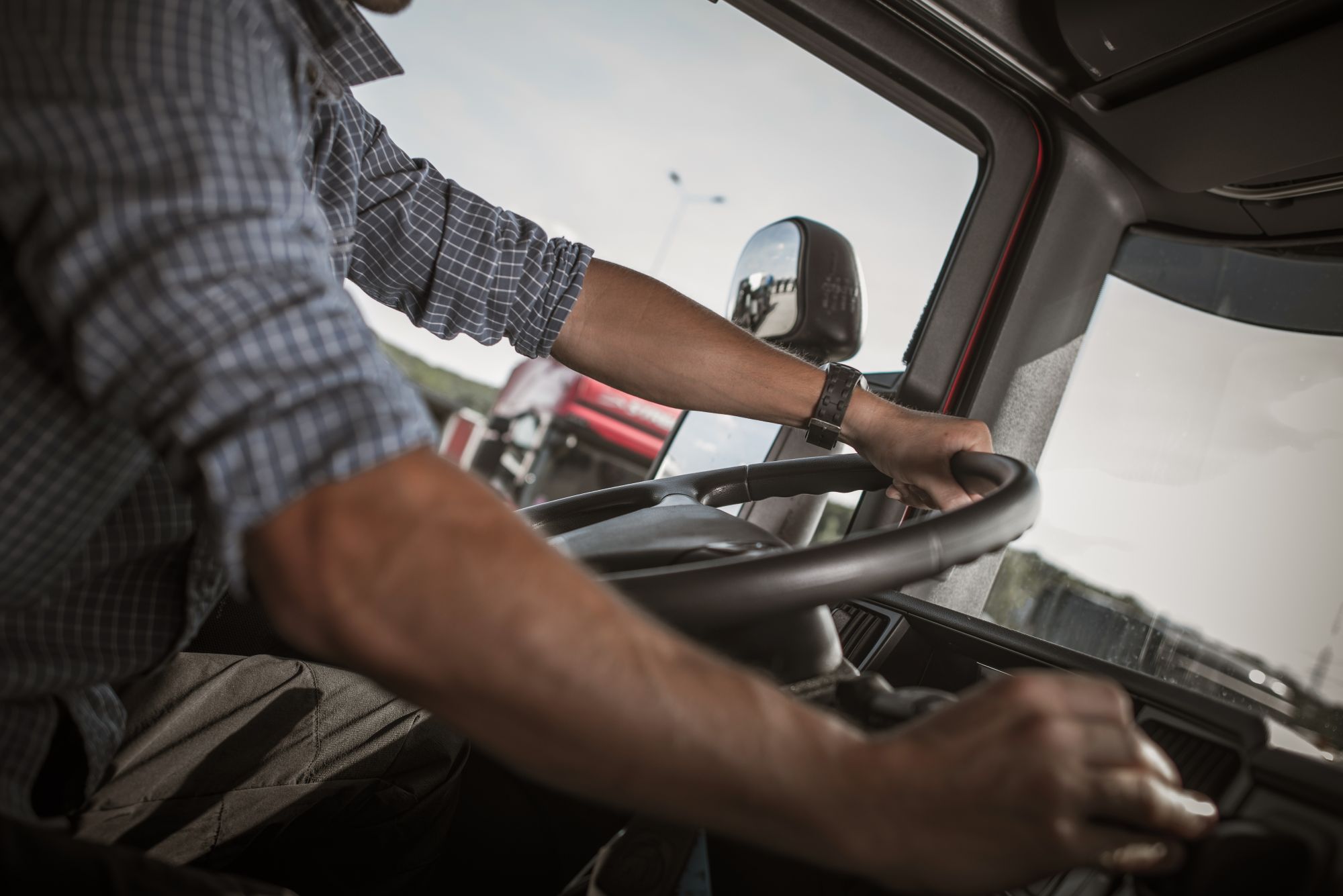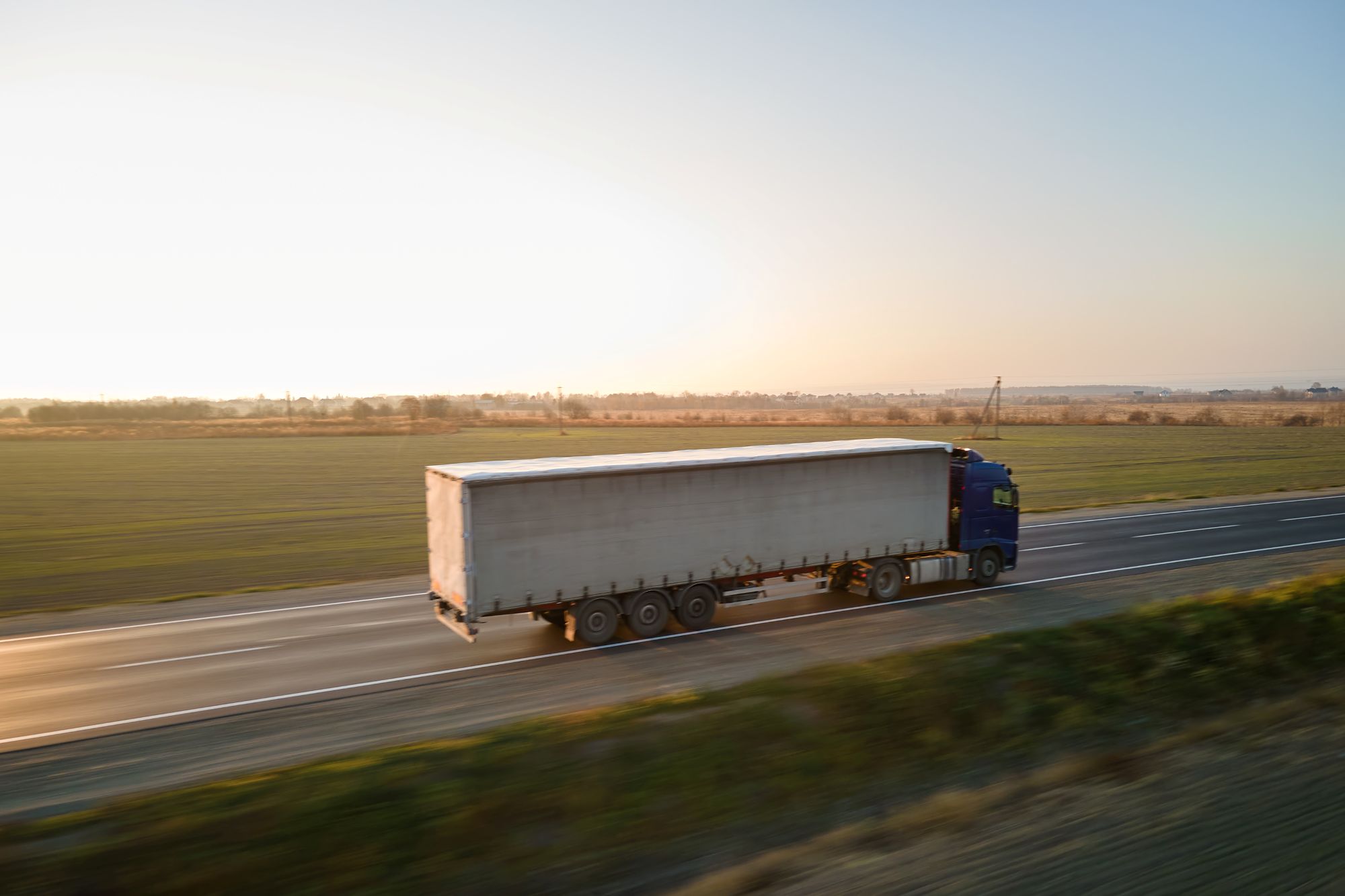
Guest
Интелигентни тахографи от второ поколение: Какво трябва да знаят мениджърите на автопаркове
Създаден: 28.10.2025
•
Актуализирано: 28.10.2025
Индустрията на автомобилния транспорт в Европа претърпява значителна промяна с въвеждането на второто поколение интелигентни тахографи (Smart Tachograph Version 2, или G2V2). Тези нови устройства бяха въведени в рамките на пакета за мобилност на ЕС, за да се подобри пътната безопасност, да се осигури лоялна конкуренция и да се защитят правата на водачите.
За мениджърите на автопаркове в ЕС - и в Обединеното кралство за тези, които извършват международна дейност - е от решаващо значение да разберат какво включва новият интелигентен тахограф v2, какви са сроковете за въвеждането му и как ще се отрази на ежедневната работа. Тази статия предоставя практически преглед на функциите на G2V2, регулаторните срокове и оперативните последици за автопарковете.
Какво представлява интелигентният тахограф от второ поколение?
Интелигентният тахограф от второ поколение е усъвършенстван дигитален тахограф с разширени възможности, предназначен да повиши спазването на правилата за шофиране и да рационализира прилагането им.
На базата на първите интелигентни тахографи, представени през 2019 г., новият интелигентен тахограф добавя няколко важни функции:
Проследяване чрез GNSS с автоматично откриване на границите: Устройствата G2V2 използват сателитно позициониране (GNSS "Галилео"), за да регистрират местоположението на превозното средство при преминаване на националните граници. Това спомага за прилагането на правилата за каботаж и командироване на водачи, като осигурява точни данни за това кога камионът влиза в нова държава.
Достъп до данни от разстояние за правоприлагащите органи: Новият тахограф дава възможност на служителите на правоприлагащите органи да получават данни безжично чрез специализирана комуникация с малък обсег (DSRC). Пътните инспектори могат да получават дистанционно информация за последното време на шофиране, последното спиране или потенциални нарушения, когато камионът се приближава. По същество правоприлагащите органи могат да получат достъп до ключови тахографски данни от G2V2, без да спират превозното средство, което улеснява по-интелигентното и по-унифицирано прилагане на правилата за работното време на водачите.
Тази възможност за "дистанционна проверка" позволява на властите да избират предварително превозни средства, които може да се нуждаят от по-внимателна проверка, като по този начин се намаляват ненужните спирания на водачите, които спазват изискванията.
Интеграция с телематика (интерфейс на ИТС): G2V2 включва задължителен интерфейс на ИТС с Bluetooth връзка за сигурен обмен на данни със системи на трети страни. Това означава, че телематичните платформи на автопарка могат да се свързват с тахографа, за да получат достъп до данни, като местоположение на превозното средство, скорост, дейност на водача и дори събития на превозното средство (например използване на спирачки) в реално време.
За мениджърите на автопаркове тази интеграция предлага възможност за по-богати потоци от данни за мониторинг на съответствието и управление на маршрутите, като безпроблемно свързва информацията от тахографите със съществуващия софтуер за управление на автопаркове.
Усъвършенствано записване на данни: Новите тахографи G2V2 записват повече информация и я запазват за по-дълго време. Регистрите за дейността на водача вече обхващат 56 дни вместо 28, което удължава контролния период за правоприлагане и помага на операторите при съхраняването на данни и одитите. Освен това новите полета за данни дават по-пълна представа за всяко пътуване. Устройствата регистрират местата на товарене и разтоварване, записват дали превозното средство превозва пътници или стоки и по-подробно отразяват събитията, свързани с конфигурацията и калибрирането. Заедно тези актуализации подпомагат както спазването на изискванията, така и логистичното планиране. Водачите обаче ще се нуждаят от обучение, за да извършват новите ръчни записи за точките на товарене и разтоварване, тъй като тези координати се съхраняват за последваща проверка.
По-силна защита срещу фалшифициране и устойчивост на бъдещето: Устройствата от второ поколение са с подобрена защита за откриване и противодействие на фалшифициране. Те също така имат софтуер, който може да се актуализира, за да позволи бъдещи подобрения. Освен това са въведени нови карти за драйвери (карти за драйвери G2V2) с по-голяма памет, за да се поберат допълнителните данни. Няма непосредствено законово изискване към водачите да заменят съществуващите карти за дигитални тахографи, ако те все още са валидни, но с изтичането на срока на валидност на картите те ще бъдат заменени с актуализираните, за да се използват пълноценно функциите на G2V2.
Регулаторна актуализация
Повечето основни крайни срокове за тахографите вече са изтекли. Всички тежкотоварни превозни средства, които извършват международни превози в рамките на ЕС или влизат от Обединеното кралство, вече трябва да имат монтиран интелигентен тахограф от второ поколение (G2V2).
Единственият оставащ етап е 1 юли 2026 г., когато правилото ще бъде разширено и ще обхване леките търговски автомобили с тегло между 2,5 и 3,5 тона, използвани за международен транспорт. В миналото микробусите са били освободени от правилата на ЕС за работното време на водачите и тахографите, но от юли 2026 г. операторите, които извършват трансграничен превоз на стоки, ще трябва да ги спазват.
Целта на тази промяна е да се отстранят дългогодишните пропуски и да се гарантира, че водачите на по-малки търговски превозни средства спазват същите правила за времето за почивка като операторите на тежкотоварни превозни средства. Мениджърите на автопаркове, управляващи общоевропейски автопаркове от микробуси, трябва да започнат да планират инсталациите още сега, като интегрират модернизацията с рутинното обслужване или циклите на обновяване на автопарка, за да сведат до минимум прекъсванията.

Въздействие върху международните флоти
Мениджърите на автопаркове с международна дейност трябва да разберат, че спазването на тези подобрения на тахографите вече е задължително условие за трансграничния автомобилен транспорт в Европа. Ако вашите камиони пътуват между страните от ЕС или от Обединеното кралство към ЕС, ако не сте оборудвани с правилния тахограф, това може да спре бизнеса ви на границата.
Ето ключови моменти за това как са засегнати различните автопаркове:
Базирани в ЕС флоти (международни операции)
Както беше отбелязано по-горе, от август 2025 г. всяко тежкотоварно превозно средство, което извършва международни пътувания в рамките на ЕС, трябва да има тахограф от второ поколение. Това важи независимо от това къде в ЕС е регистриран камионът. Контролът се осъществява по време на крайпътни проверки или на границите. Превозните средства, които не отговарят на изискванията, могат да бъдат спрени от движение до монтирането на подходящ тахограф.
Операторите от Обединеното кралство, които влизат в ЕС
Британските автопаркове, които извършват международни пътувания в ЕС или в рамките на ЕС, подлежат на същите изисквания за тахографите, ако използват товарни автомобили. Това е така, тъй като правилата са включени в Договора AETR, който урежда автомобилния транспорт между ЕС и европейските държави извън ЕС. Министерството на транспорта на Обединеното кралство приведе вътрешните разпоредби в съответствие с графика на ЕС за международните пътувания.
Неизвършването на модернизация не означава само глоба - то може да означава, че камионът ви ще бъде спрян на контролно-пропускателен пункт и няма да може да завърши доставката си. Властите в страни като Франция са наложили глоби до 30 000 евро и дори затвор за сериозни нарушения на изискванията за съответствие на тахографите. Други страни като Германия, Испания и Италия също налагат строги санкции. Освен това неспазването на изискванията може да накърни репутацията на компанията.
Положителната страна е, че спазващите изискванията автопаркове могат да се възползват от по-гладкото прилагане. Камионите с модерни устройства например могат да бъдат спирани по-рядко благодарение на дистанционните предварителни проверки, което позволява на спазващите закона шофьори да продължат да се движат.
Ефекти върху благосъстоянието на водачите
Една от основните цели на новото законодателство за тахографите и на по-широкия пакет за мобилност на ЕС е да се подобрят условията на труд. Чрез автоматизиране на задачите по водене на документация, като например влизането в границите, и ограничаване на незаконното свръхнатоварване, системата помага да се гарантира, че водачите получават подходяща почивка. Очаква се това да намали инцидентите, свързани с умората, и да направи прилагането на правилата по-справедливо, като даде на водачите увереност, че конкурентите спазват същите правила.
Дистанционното прилагане също така означава, че водачите, които спазват правилата, се сблъскват с по-малко забавяния по пътищата, което им позволява да завършат пътуването с по-малко стрес.
Шофьорите ще се нуждаят от известно обучение, за да се адаптират. Макар че основите остават същите, новите функции изискват ръчно въвеждане на местата за товарене и разтоварване и съгласие за споделяне на данни със свързаните системи. Разбирането на тези подкани - и как да се реагира при възникване на повреда - ще улесни работата.
От гледна точка на автопарка устройствата G2V2 съхраняват два пъти повече данни (56 дни), така че изтеглянията ще бъдат по-големи и ще съдържат повече история. Операторите трябва да проверят дали техният софтуер за тахографи и системите за съхранение могат да се справят с този увеличен обем.
И накрая, благодарение на Bluetooth и онлайн свързаността, поверителността на данните се превърна в тема за разговор. Правоприлагащите органи могат да получат достъп до данните от тахографите с цел спазване на изискванията, но когато се споделят с телематични системи или системи за управление, водачите трябва първо да дадат съгласието си. Мениджърите на автопаркове трябва да уверят водачите, че всички данни се обработват по сигурен начин и се използват само за легитимни, съответстващи на GDPR цели.
Предварително планиране
Интелигентните тахографи от второ поколение засягат всяка част от работата на автопарка - от спазването на изискванията и планирането на маршрута до благосъстоянието на водача. Проактивният подход ще ви помогне да спазвате изискванията и да се възползвате максимално от новата технология.
Информирайте се. Следете актуализациите от отдел "Мобилност и транспорт" на Европейската комисия, както и от браншовите организации. Нормативните актове могат да бъдат сложни, но официалните обобщения и често задаваните въпроси са добра отправна точка.
Обучение на екипите. Проведете беседи за инструментите или опреснителни сесии за шофьори и транспортни мениджъри, като се съсредоточите върху новите функции, като дистанционно прилагане и ръчно въвеждане.
Оптимизирайте маршрутите си. Данните в реално време могат да ви помогнат да следите оставащите часове за шофиране, да коригирате плановете за изпращане и да идентифицирате маршрути, които често се приближават до ограниченията.
Изграждане на култура на спазване на правилата. Насърчавайте екипите си да възприемат спазването на тахографите като част от доброто управление на автопарка, а не само като нормативно задължение. Признавайте важни моменти като нулеви нарушения, инвестирайте в обучение на водачите и се уверете, че всички разбират как точните данни допринасят за безопасността и ефективността.
Въвеждането на G2V2 носи предизвикателства, но и ясни ползи: по-строго правоприлагане, по-добри данни и по-справедливи условия на труд за водачите. За автопарковете, които приемат промяната, наградата е по-гладко функциониране, подобрена безопасност и по-свързано, отговарящо на изискванията бъдеще по пътищата на Европа.
В SNAP подкрепяме автопарковете на целия континент в този следващ етап на цифровата трансформация. Чрез приложението intruck шофьорите могат предварително да резервират сигурни паркинги по маршрутите си, а порталът SNAP позволява на мениджърите на автопаркове да планират и резервират спирки за почивка предварително, като гарантират спазването на изискванията и защитават благосъстоянието на шофьорите. Регистрирайте се днес.



